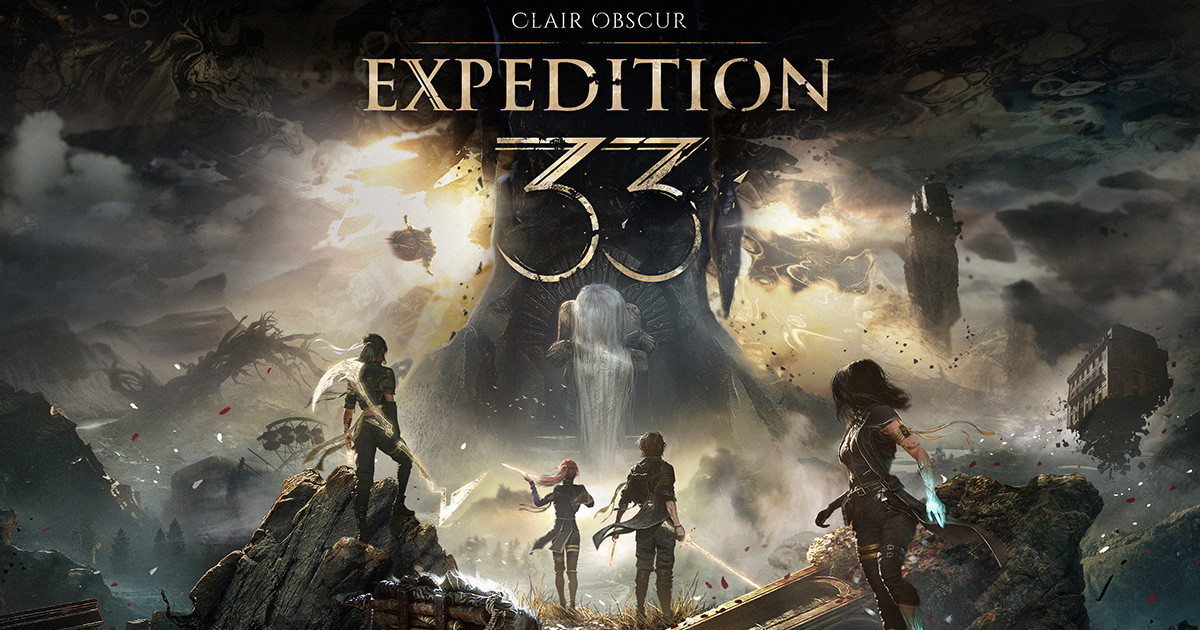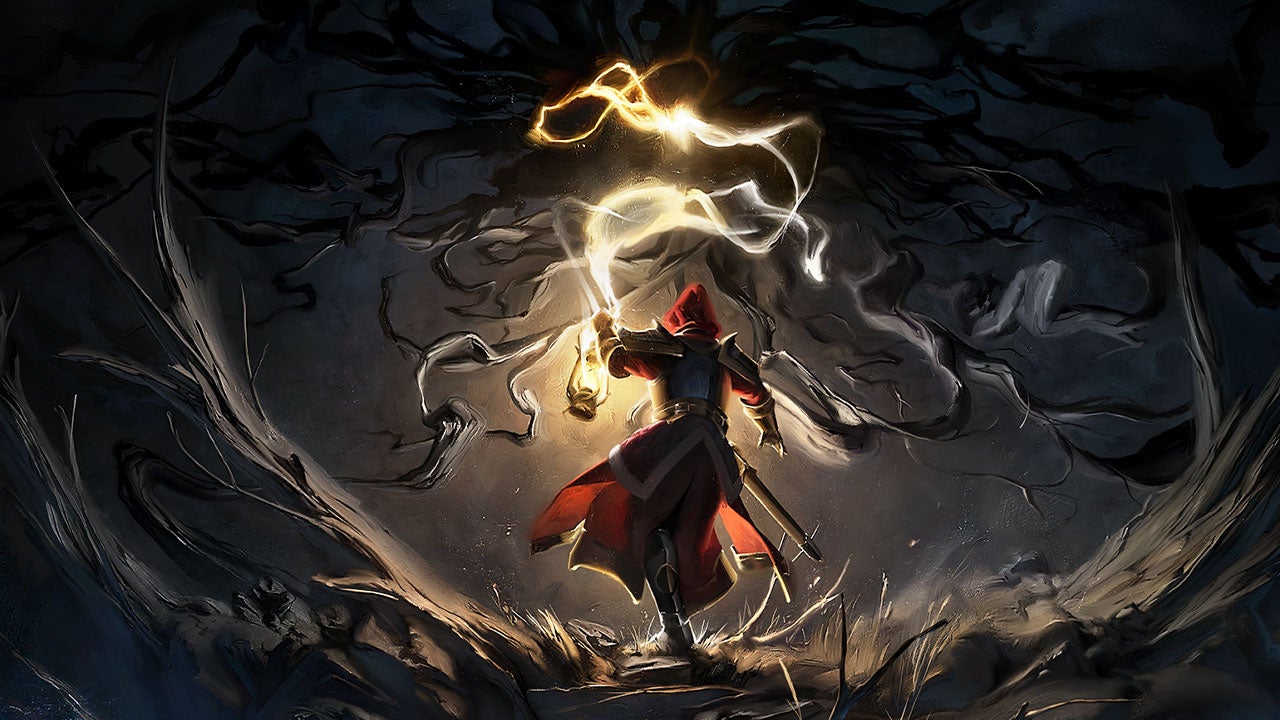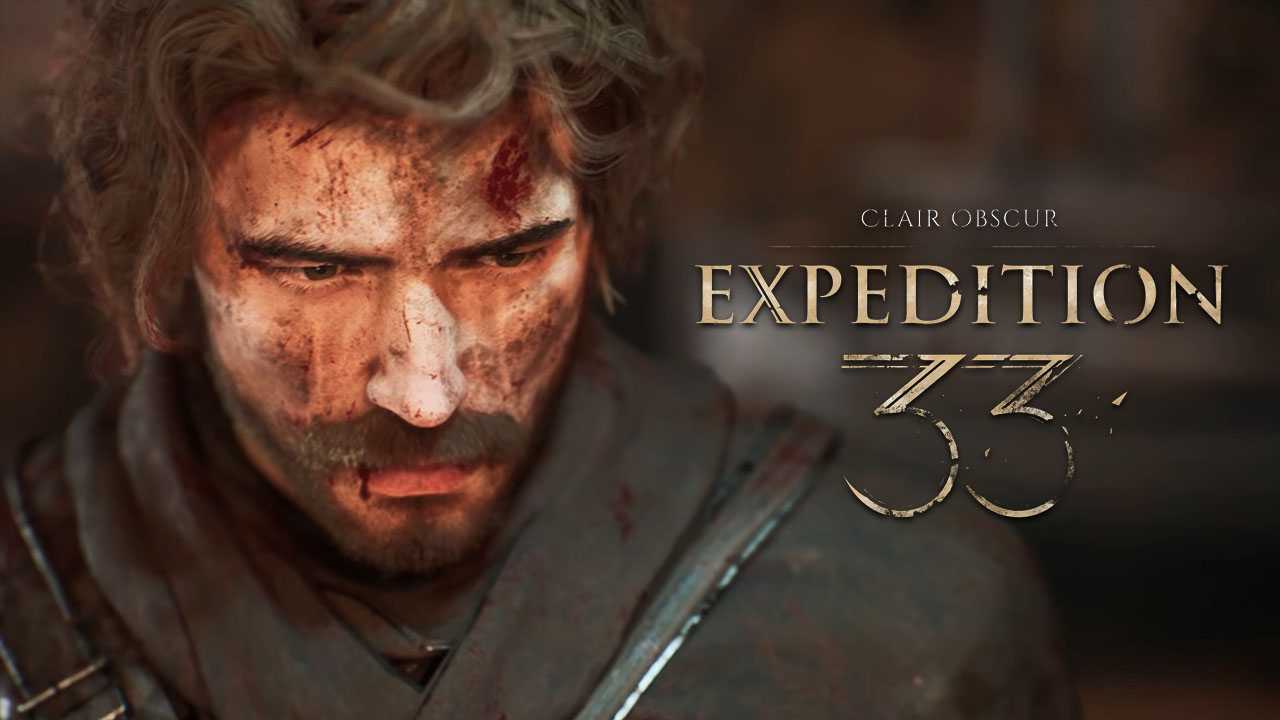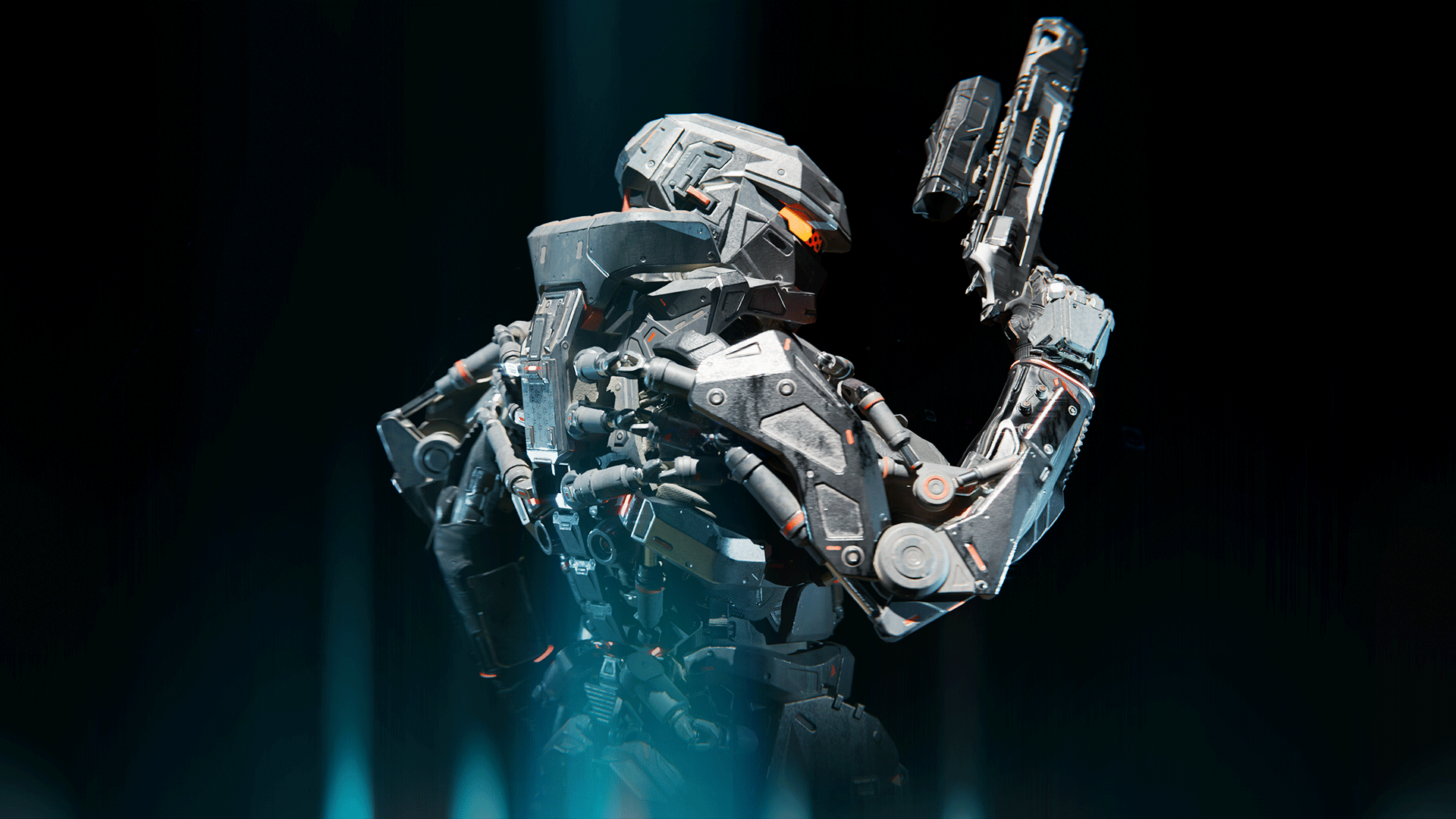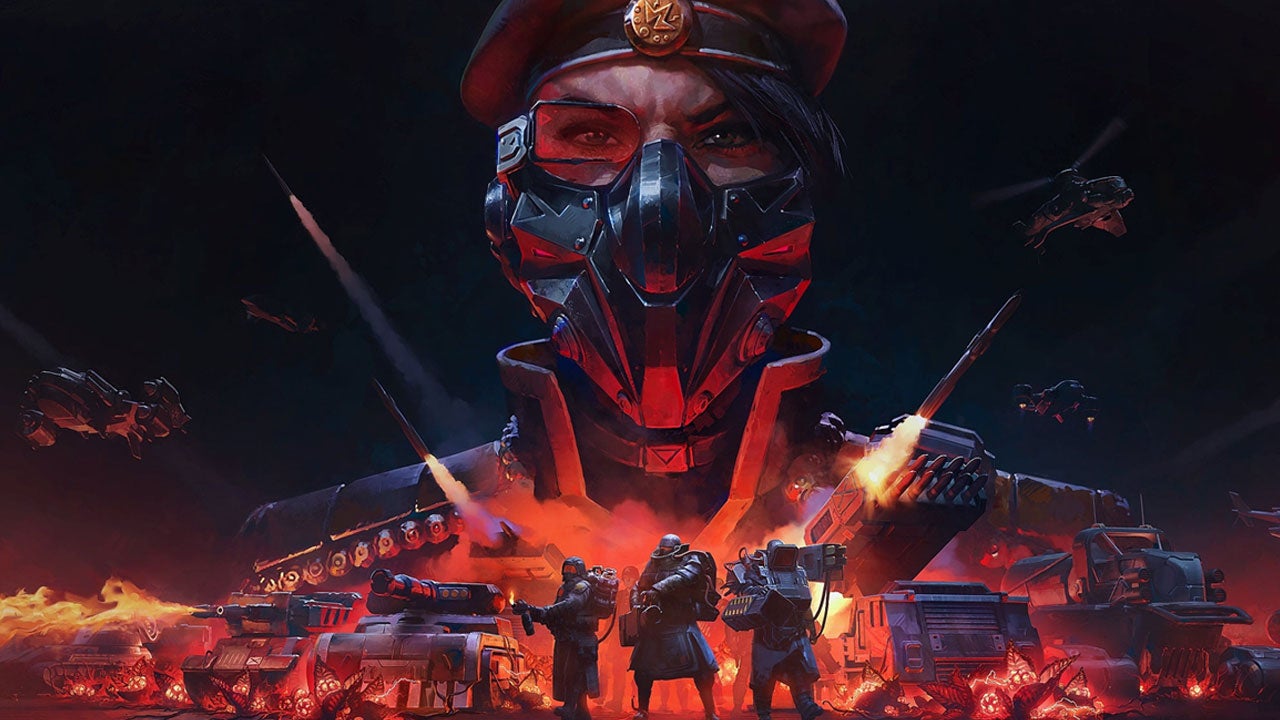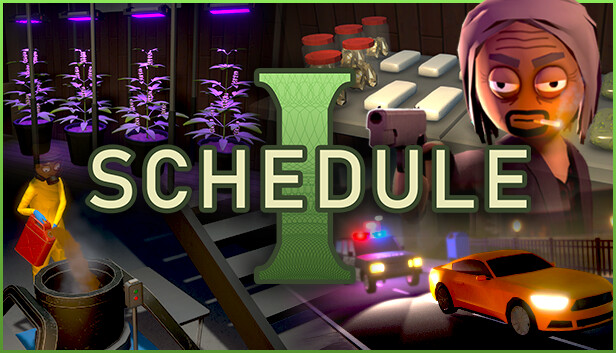There’s a fine line between being inspired by the past and living in its shadow—but Clair Obscur: Expedition 33 manages to walk that line with remarkable confidence. French developer Sandfall has clearly drawn influence from both modern and classic Japanese role-playing games, yet the result is anything but derivative. With a deep sense of identity, Clair Obscur blends expressive turn-based combat and emotionally weighty storytelling in a way that feels at once familiar and boldly original. Its rich atmosphere and strong execution elevate it far beyond the sum of its parts, leaving a lasting impression that resonates with both melancholy and hope.
The story unfolds in the world of Lumière, a realm burdened by a grim fate: each year, a divine figure known only as The Paintress inscribes a number on a distant tower, signifying the age at which the people will begin to vanish into oblivion. In response, expeditions have been launched year after year, seeking to put an end to her reign—yet none have ever returned. You play as the leader of the 33rd such expedition, a doomed yet defiant journey through a decaying world. The premise is haunting and immediately gripping, casting a sorrowful tone that permeates every part of the narrative. There’s a deep, existential weight in guiding a group of people resigned to their own demise, yet still pushing forward with quiet determination and courage.
Completing the main storyline, alongside a significant amount of optional content, took around 35 hours. That relatively concise runtime works to the game’s advantage—it’s tightly paced, devoid of unnecessary filler, and tells its story through natural character development and meaningful dialogue. While it lacks the sweeping sprawl of massive 100-hour RPGs, it trades excess for efficiency, focusing instead on emotional clarity and cohesion. What it sacrifices in scale, it gains in sharpness.
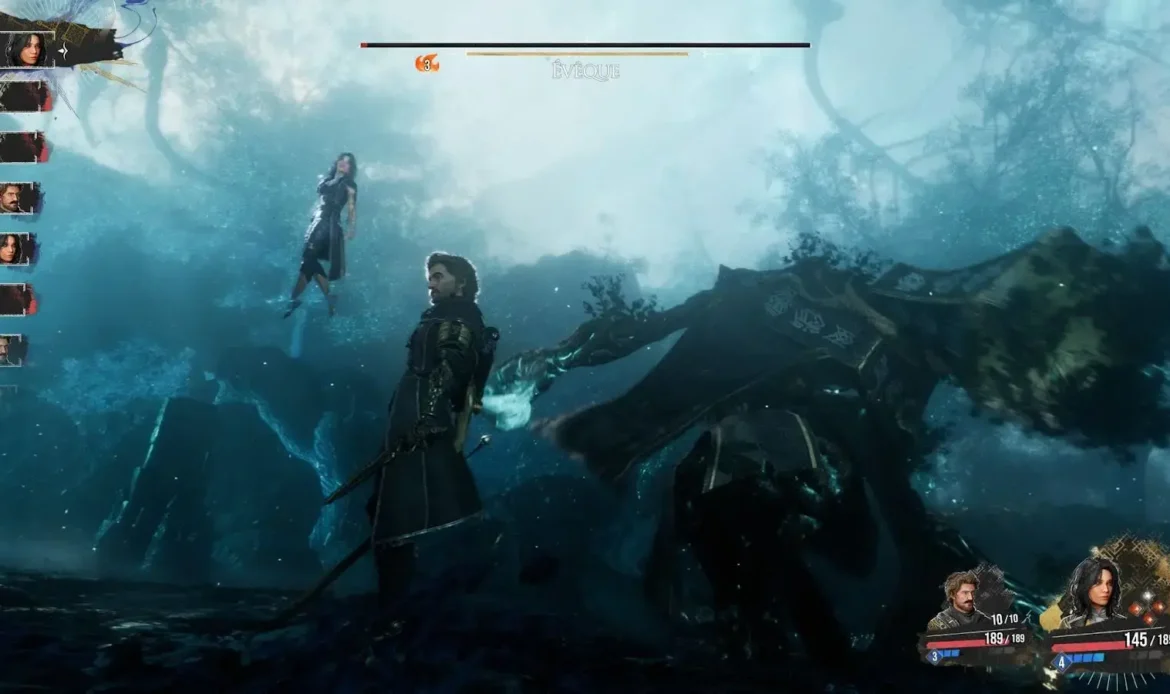
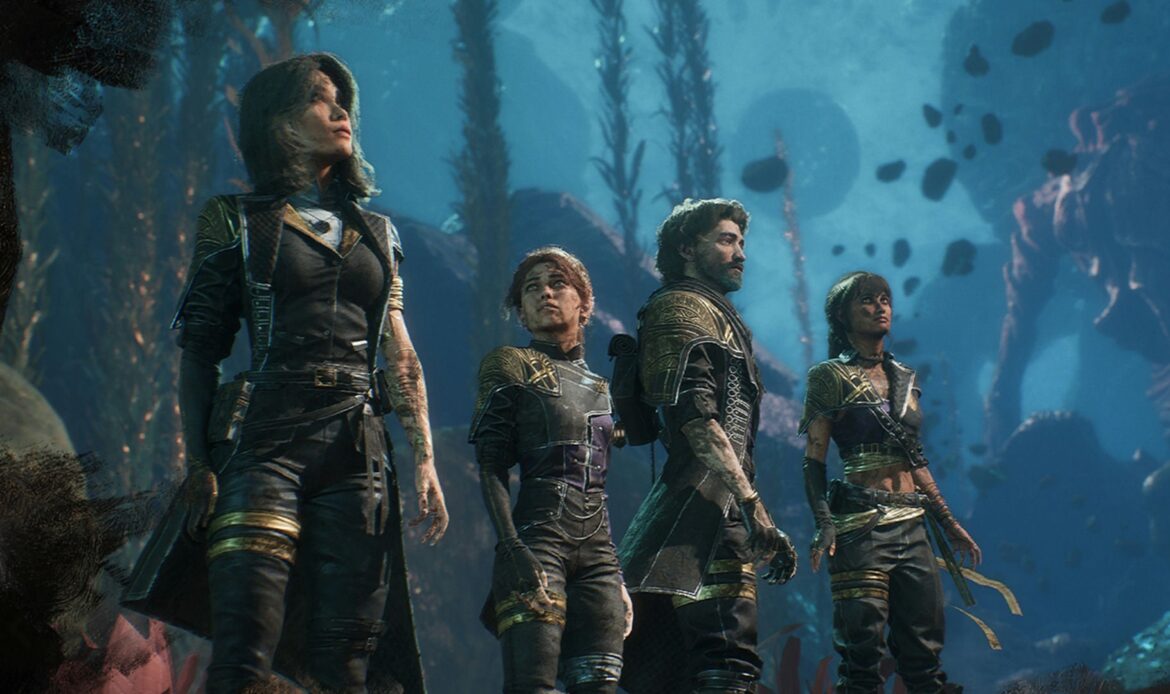
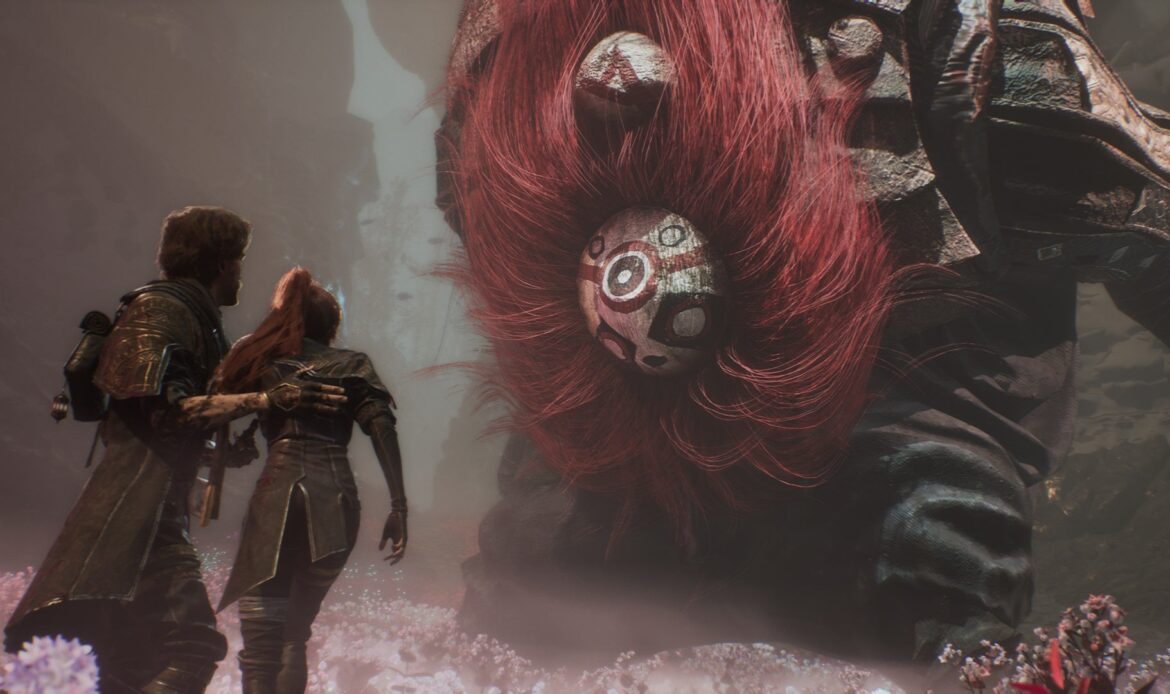
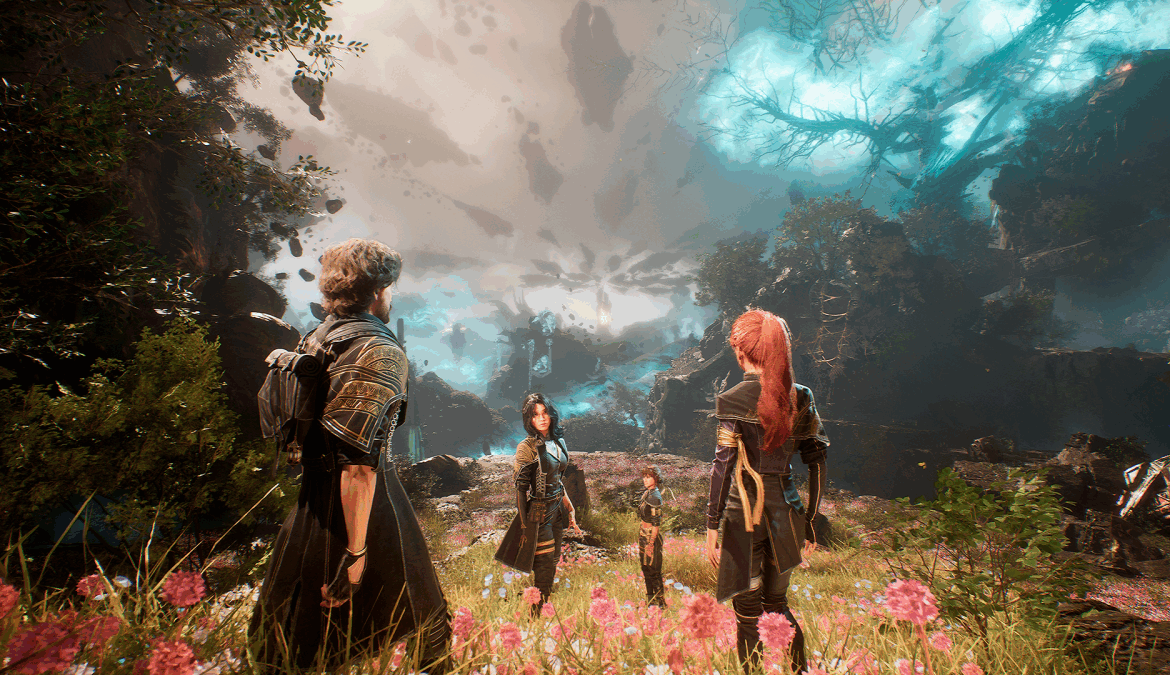
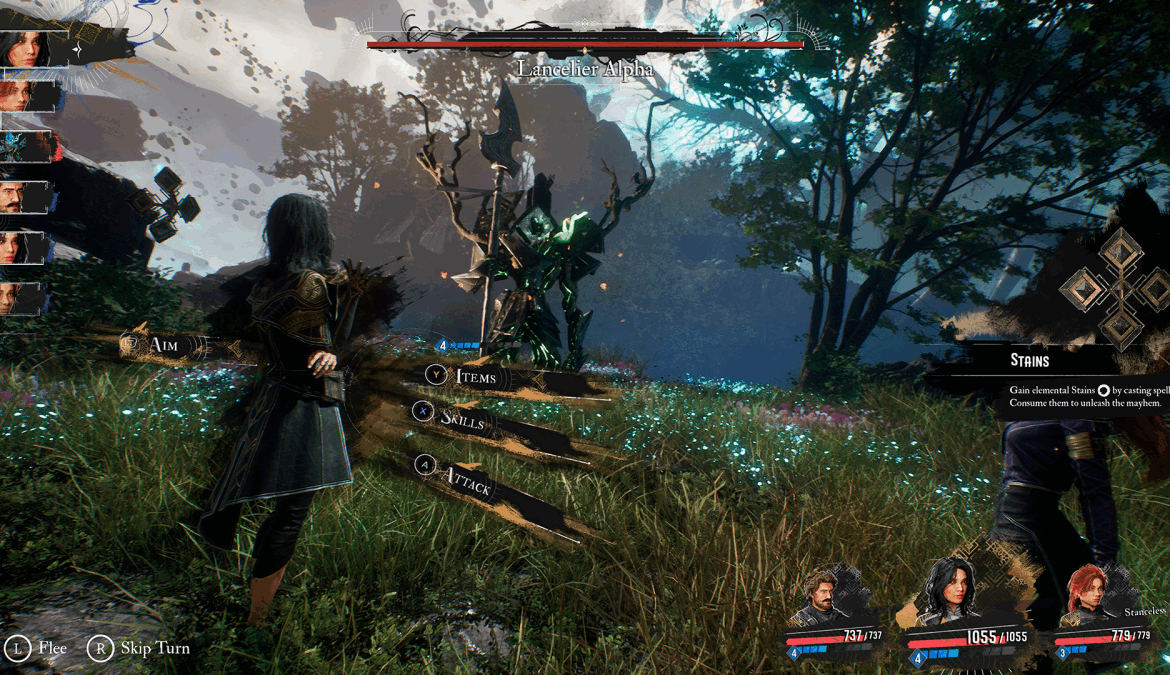
This focus extends to the combat system, which is among the most engaging turn-based experiences in recent memory. The battles borrow the sleek visual design reminiscent of Persona, but functionally they’re more interactive and tactile, emphasizing real-time button inputs to enhance spells and avoid enemy attacks. This mechanic calls to mind classics like Super Mario RPG and recent Like a Dragon entries, infusing every encounter with immediacy and risk. The ability to dodge or parry attacks during the enemy’s turn is a brilliant touch, keeping you constantly on your toes.
Combat becomes especially intense in boss fights and tougher encounters, where success depends on interpreting audiovisual cues and reacting with precision. Timing-based mechanics take center stage here, reminiscent of rhythm games or even action titles like Sekiro, turning each enemy phase into a mini-duel of skill and reflex. Parrying, in particular, feels immensely satisfying, with slow-motion effects and counterattacks rewarding mastery in a visceral way.
Every party member brings something unique to the table, not just in aesthetic or personality, but in mechanical depth. Gustave builds up charges through direct hits to unleash powerful Overcharge abilities. Lune, a spellcaster, stacks elemental effects to chain together devastating spells. Maelle operates through shifting stances, each governed by gear and status interactions that demand tactical foresight. These distinctive playstyles keep the experience fresh and encourage strategic synergy between characters.
Later additions to the roster push this variety even further. Sciel, a Scythe-wielder, uses a complex system of card draws and phase management that’s reminiscent of hybrid job classes from MMO traditions. Other late-game characters introduce even more experimental mechanics, including one that adopts spells from defeated foes and another that rewards stylish play with a combo grading system. The diversity in combat styles ensures that no character feels redundant and that the player is always making active, thoughtful choices.
Rather than overwhelming you with sprawling skill trees, the game keeps customization clean and focused. Each character’s progression is anchored in mastering a manageable toolkit, yet those tools interact in ways that allow for surprisingly deep tactical variation. Whether coordinating status effects or chaining actions for maximum impact, it feels like a carefully balanced blend between modern complexity and old-school clarity.
A supplemental system called Pictos adds another layer of strategic depth. These items grant various passive abilities and stat modifiers that can dramatically alter how characters gain action points, resist effects, or execute counters. As you use them, Pictos evolve into more potent forms called Lumina, giving you long-term growth options that go beyond the core skill systems. Though the user interface for managing them can be clunky and overwhelming, especially as your collection grows, it’s a worthwhile investment. Tinkering with Pictos to fine-tune your party’s performance becomes a rewarding part of the endgame loop.
Initially, battles may feel easy, but the difficulty curve gradually increases with smart enemy designs and layered mechanics. Certain late-game foes incorporate shield mechanics, status-based puzzles, and timed action prompts that push your ability to read patterns and improvise under pressure. Some encounters even flirt with rhythm game-like precision, adding a musical cadence to defense. These shifts keep the combat system engaging throughout and reward adaptability over brute force.
The overworld is another loving nod to the genre’s past. Large, stylized character models explore a hand-crafted map dotted with secrets and optional challenges. Progress often opens new paths through updated travel options, echoing the thrill of unlocking airships or mounts in classic RPGs. While there’s no formal quest log to guide you, that actually enhances the sense of discovery. Exploring floating islands, hidden caves, and quirky minigames evokes the playful mystery of retro adventures.
Main areas are built like traditional dungeons, linear in structure but rich with visual flair and occasional detours hiding valuable loot. Though a minimap would have been helpful to navigate their winding layouts, the strong environmental design and consistent checkpoints help mitigate frustration. Visuals shift from ethereal forests to grim battlefields, each space narratively and emotionally rich—frequently breathtaking and always distinct.
Of course, the soul of any great RPG lies in its story, and Clair Obscur delivers a tale that’s both grand and deeply personal. At its core are themes of loss, memory, and the legacies we leave behind. The portrayal of grief is raw and multifaceted, tackling how it warps individuals and communities alike. Some narrative turns later in the game arrive a bit abruptly, and certain plot elements could’ve used more development, but the emotional throughline remains potent.
The performances are a major highlight. The voice acting is natural and nuanced, with cast members delivering lines in a way that feels grounded and human. This is amplified by animation work that favors subtle gestures and intimate expressions. The game often evokes the feeling of a theatrical production rather than a traditional cinematic experience, and this artistic choice enhances its emotional weight.
Despite the grim tone, there’s also room for levity. The world is peppered with whimsical creatures like the Gestrals—wooden beings who provide comic relief and world-building in equal measure. Characters bond at campfires, share stories, and joke with each other, reminding you that joy and sorrow often walk hand in hand. Occasionally the melodrama goes a bit far, but these brief moments of lightness help keep the game emotionally balanced.
A standout element is how seamlessly Clair Obscur weaves elements of French art and culture into its world. From the Belle Époque-inspired architecture to boss battles with mime themes and the casual use of French phrases, the game wears its heritage proudly. The musical direction in particular is extraordinary, encompassing everything from orchestral rock and operatic vocals to atmospheric synths and delicate chamber music. These tracks heighten the drama, soothe the soul, and give each moment its own emotional register. It’s a soundtrack that lingers in memory long after the credits roll.
In the end, Clair Obscur: Expedition 33 succeeds not because it mimics its influences, but because it understands them. It takes the spirit of the classics and reimagines them through a distinctive lens, resulting in a game that honors tradition while forging its own identity. With brilliant turn-based combat, heartfelt storytelling, and a striking artistic vision, it carves out a place of its own in the RPG landscape. It’s an expedition well worth taking—one that might just leave you forever changed.

